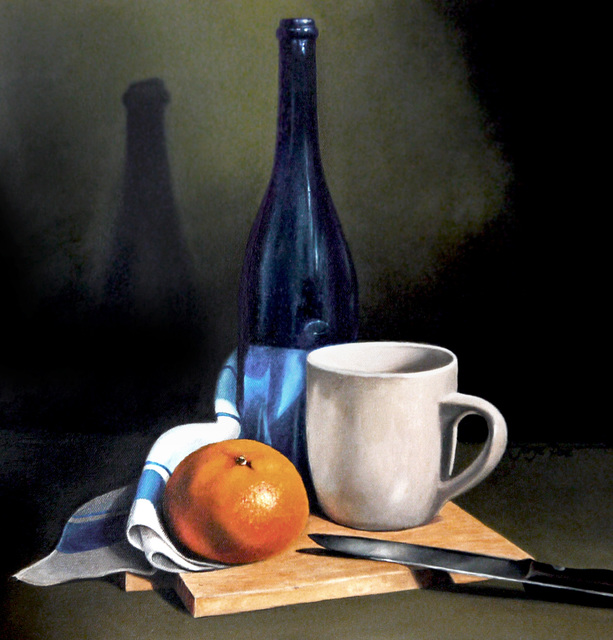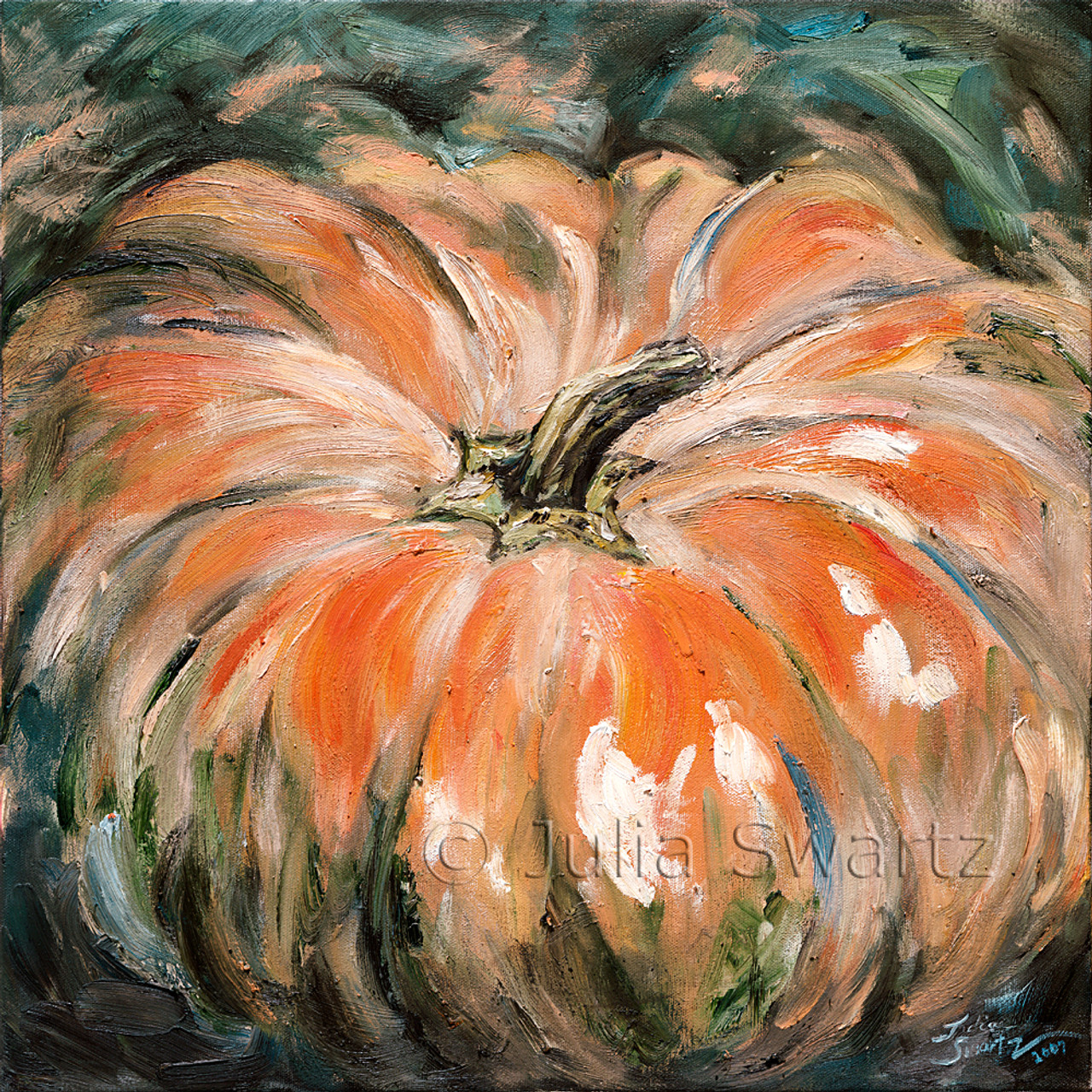Discovering Everything About Oil Paintings: An Overview to Recognizing Their Elegance and Worth
Oil paintings have captivated target markets for centuries, using a glance into the imaginative proficiency of various eras. Their abundant history is intertwined with cutting-edge methods and profound psychological expression. Recognizing the products and methods behind these art work can improve gratitude. Additionally, the marketplace for oil paintings provides chances for collectors and capitalists alike. As one discovers this fascinating globe, the concern arises: what makes an oil painting genuinely important?
The History of Oil Paint: A Trip Through Time
Oil paint has roots that date back to old times, it really prospered during the Renaissance, when musicians discovered its versatility and rich color capacity. Early examples can be mapped to the 7th century, with techniques evolving notably across societies. The medium ended up being noticeable in Northern Europe in the 15th century, especially via the works of artists like Jan van Eyck, that pioneered its use for comprehensive realism and lively tones. This period marked a separation from tempera paints, permitting for greater depth and appearance. As oil painting spread, it influenced many musicians, leading to masterpieces by distinguished numbers such as Leonardo da Vinci and Rembrandt. The tool's legacy continues, forming the art world well right into modern-day times.
Comprehending Oil Repaints: Products and Techniques
As musicians discover the globe of oil paints, they encounter a diverse range of materials and methods that specify this tool. The main parts of oil paint consist of pigments, which give shade, and drying oils, such as linseed, that bind the pigments and facilitate application. Various additives can modify the paint's appearance and drying out time, boosting convenience. Techniques like glazing, where transparent layers are accumulated, and impasto, which involves applying thick paint, allow for different visual effects. Additionally, using brushes, palette knives, and even fingers can create unique textures and finishes. Understanding these strategies and products enables musicians to completely reveal their imagination and accomplish the desired impact in their art work.
The Function of Shade in Oil Paintings
Shade plays an essential role in oil paints, influencing both aesthetic allure and psychological resonance. Recognizing color concept essentials, including the relationships in between hues, can boost an artist's capacity to communicate state of mind and atmosphere. Furthermore, mastering shade mixing methods allows for higher deepness and richness in a paint's palette.

Color Concept Fundamentals
Comprehending shade theory is important for artists functioning with oil paints, as it creates the foundation for creating harmonious and aesthetically appealing structures. Color concept encompasses the research of just how colors connect, the color wheel, and the partnerships between key, additional, and tertiary shades. Artists make use of complementary shades to enhance contrasts and develop prime focus, while similar shades advertise unity and cohesiveness within a piece. In addition, the concepts of amazing and cozy colors affect the understanding of depth and room in a painting. Grasping these principles permits artists to adjust color properly, guiding the customer's eye and communicating their intended message. Proficiency of shade concept ultimately improves an artist's ability to share feelings and ideas via their work.
Psychological Impact of Color
The psychological influence of color in oil paints plays an important duty in exactly how visitors perceive and attach with artwork. Shades stimulate particular sensations and state of minds, influencing the customer's emotion. For example, warm shades like oranges and reds can create a feeling of warmth and energy, while trendy tones such as blues and greens commonly stimulate calmness or self-questioning. Artists strategically select shade schemes to boost narrative components, leading the target market's psychological journey. The saturation and contrast of colors further amplify these effects, attracting focus and developing emphasis. Eventually, the interplay of shades in oil paints not only enhances their aesthetic allure however also acts as an effective tool for psychological expression, improving the visitor's experience and interpretation.
Color Combining Techniques
While numerous elements of oil painting add to the general composition, mastering shade mixing techniques is important for achieving wanted impacts and depth. Shade mixing can be approached via different methods, consisting of the subtractive and additive processes. Additive mixing includes combining shades of light, while subtractive mixing relies on pigments, where shades blend to create brand-new shades. Artists often make use of a restricted combination to create unified jobs, comprehending the relationships in between key, additional, and tertiary colors. Methods such as glazing and scumbling further boost depth and brightness. By skillfully mixing shades, an artist can evoke feelings, create centerpieces, and attain a sense of realistic look, ultimately raising the paint's psychological and aesthetic influence.
Famous Oil Painters and Their Iconic Works

Well known for their proficiency of shade and method, oil painters have actually created a few of one of the most celebrated artworks in history. Distinguished artists like Vincent van Gogh astounded audiences with his emotive brushwork in "Starry Night," while Claude Monet's "Impact, Sunrise" laid the foundation for Impressionism. Leonardo da Vinci's "Mona Lisa" continues to be a long-lasting icon of imaginative genius, showcasing his skill in capturing human expression. Rembrandt's "The Night Watch" shows his innovative use of light and shadow. Various other remarkable numbers consist of Pablo Picasso, that revolutionized modern art with his bold testing in works like "Les Demoiselles d'Avignon," and Georgia O'Keeffe, whose lively depictions of landscapes and flowers helped define American modernism. Each artist's unique style added greatly to the oil painting landscape.
How to Evaluate the Quality of an Oil Paint
Reviewing the quality of an oil painting involves a cautious evaluation of craftsmanship methods, as well as an analysis of shade and composition. Observing brushwork, layering, and the application of paint can reveal the artist's ability level. Additionally, the interaction of colors and the total plan of components add significantly to the paint's aesthetic worth.
Examining Craftsmanship Methods
A precise analysis of craftsmanship strategies is necessary for identifying the top quality of an oil painting. Critics should initially examine the application of paint; thick, distinctive brushstrokes might suggest an experienced hand, while overly uniform applications can suggest an absence of depth. oil paintings for sale. The layering method is additionally important; the visibility of glazes and varied density can boost luminosity and complexity. In addition, the high quality of the products made use of, such as the canvas and pigments, plays a significant function in durability and overall visual. Focus to information in elements like edges and changes in between shades shows the artist's dedication to their craft. Ultimately, these techniques add to the paint's psychological effect and market value, acting as indications of the artist's ability and intent
Analyzing Color and Structure
While examining the top quality of an oil painting, one have to focus on the interaction of shade and composition, as these aspects are basic to the artwork's total impact. Color options can evoke emotions and establish mood; for that reason, the artist's combination must be checked out for consistency and comparison. A healthy make-up directs the customer's eye and develops a feeling of unity. Artists typically utilize strategies like the policy of thirds or leading lines to improve aesthetic rate of interest. In addition, making use of light and darkness can add depth, improving the three-dimensionality of the painting. Ultimately, a successful oil paint marries shade and composition, engaging the audience and inviting a much deeper gratitude of the artist's vision and method.
Caring for and Preserving Oil Paintings
Appropriate care and preservation of oil paintings is necessary for preserving their stability and long life. To protect these art work, it is crucial to show them far from direct sunlight, which can create fading and discoloration. Preserving a secure atmosphere with controlled temperature level and humidity further help in stopping damage. Cleansing must be done carefully making use of a soft, dry fabric, staying clear of any kind of extreme chemicals that can damage the paint or varnish. Normal inspections for indicators of deterioration, such as fracturing or flaking, are advisable. When storing or delivering oil paintings, appropriate padding and framework are necessary to prevent physical injury. Inevitably, persistent treatment adds to the visual allure and worth of oil paintings over time.
The Marketplace for Oil Paintings: Gathering and Investing
Understanding the marketplace dynamics for oil paints is crucial for capitalists and collectors alike. The value of these artworks is affected by different factors, including the artist's online reputation, historical importance, and present fads. Enthusiasts frequently seek items that reverberate directly while considering prospective recognition in worth. Galleries and public auctions function as primary venues for trading, with costs fluctuating based on need and rarity. Purchasing oil paints requires research study right into the marketplace, along with an understanding of credibility and provenance. In addition, arising musicians might use possibilities for substantial returns, while developed names can command high costs. In general, a calculated technique to accumulating can produce both aesthetic enjoyment and financial rewards.

Often Asked Inquiries
What Are the Environmental Impacts of Oil Painting Materials?
The environmental effects of oil paint products consist of the launch of unpredictable natural substances (VOCs), harmful waste generation, and resource extraction for pigments. These aspects add to contamination and eco-friendly deterioration, increasing worries among ecologically aware artists and customers.
How Do Various Canvases Affect Oil Painting Results?
Various canvases influence oil paint results considerably. Surface area, texture, and absorbency quality can change paint application, drying times, and shade vibrancy. Musicians frequently select details canvases to achieve preferred results and boost their artistic expression.
Can Oil Paintings Be Brought Back if Harmed?
Oil paintings can without a doubt be restored if damaged. Expert conservators utilize various methods to repair splits, clean surfaces, and address discoloration, guaranteeing that the artwork preserves its original beauty and worth for future generations.
What Are the Indications of an Original Oil Paint?
The indications of an initial oil painting include noticeable brush strokes, structure variations, and an unequal canvas weave (oil paintings for sale). Additionally, credibility may be confirmed with provenance, signatures, and the existence of a varnish layer distinct to oil tools
Exactly How Has Modern Technology Influenced Modern Oil Paint Techniques?
Technology has actually significantly affected modern oil paint techniques by presenting digital tools for preparation, enhanced products for texture and durability, and online platforms for offering and sharing art, therefore broadening artists' imaginative possibilities and audience get to. Oil painting has roots that date back to old times, it absolutely thrived throughout the Renaissance, when musicians uncovered its convenience and rich color capacity. The emotional influence of shade in oil paints plays a crucial duty in exactly how visitors view and connect with art work. While several aspects of oil painting contribute to the general composition, grasping shade blending strategies is important for accomplishing wanted effects and depth. Assessing the top quality of an oil paint includes a mindful assessment of craftsmanship techniques, as well as an analysis of color and structure. While examining the high quality of an oil paint, one have to concentrate on the interaction of shade and make-up, as these components are basic to the art work's general read more impact.
Comments on “Nontraditional and Modern Oil Paintings for Sale”